Nasa releases 360-degree video of martian surface
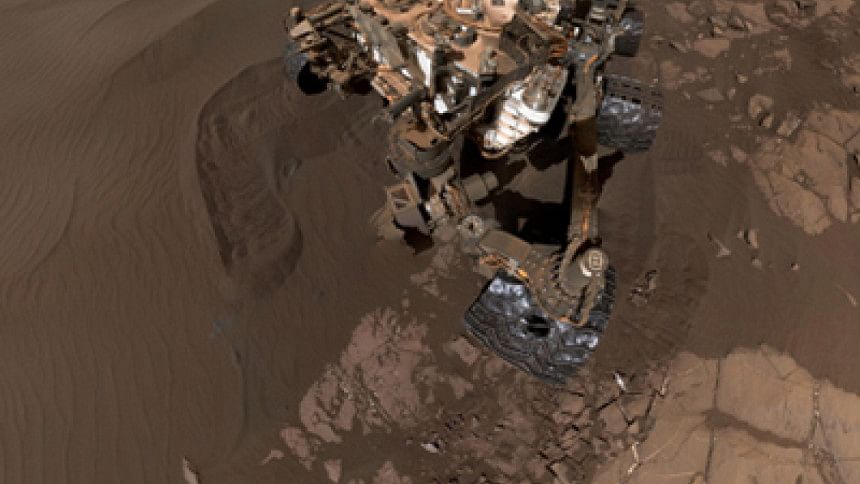
Nasa's Jet Propulsion Laboratory has today released a new 360-degree video which gives a virtual tour of the Martian surface, reports the Tech Crunch. The video has been created by stitching together the images taken by the Mars Curiosity Rover on December 18th, 2015.
The scene is at Namib Dune with a view of Mount Sharp on the horizon. Curiosity's Mast Camera took the images on the 1,197th sol (a Martian day) of its mission, says Tech Crunch in its report.
Tech Crunch also said that the first version of this video was released on Facebook on January 30th, but because of the way the images were stitched together, the horizon was warped and the resultant 360-degree panoramic image was disorienting. But the video released today gives a cleaner virtual experience.
Back in 2012, a similar panoramic look from a Curiosity site was released by Nasa. But unlike then, now public has an interactive way to see the red planet.
Nasa has also famously used another one of Curiosity's cameras to create a "rover selfie." The scene above was generated by combining 57 different images taken from Curiosity's Mars Hand Lens Imager, located on its robotic arm, on January 19th, 2016, Tech Crunch reports.
The Curiosity rover has 17 cameras used for navigation, hazard avoidance and scientific analysis.
Nasa's largest Mars rover Curiosity, landed on Mars with the help of a sky-crane on August 6th, 2012. The rover was designed to assess whether Mars has ever had an environment capable of supporting life.
Curiosity discovered a unique rock formation in an area known as "Garden City", last spring. The discovery suggests the existence of two distinctive wet periods in history of Mars. Understanding the role of liquid water, a key ingredient for life as we know it, will help scientists determine if Mars currently supports, or has ever supported, life, says the report in Tech Crunch.
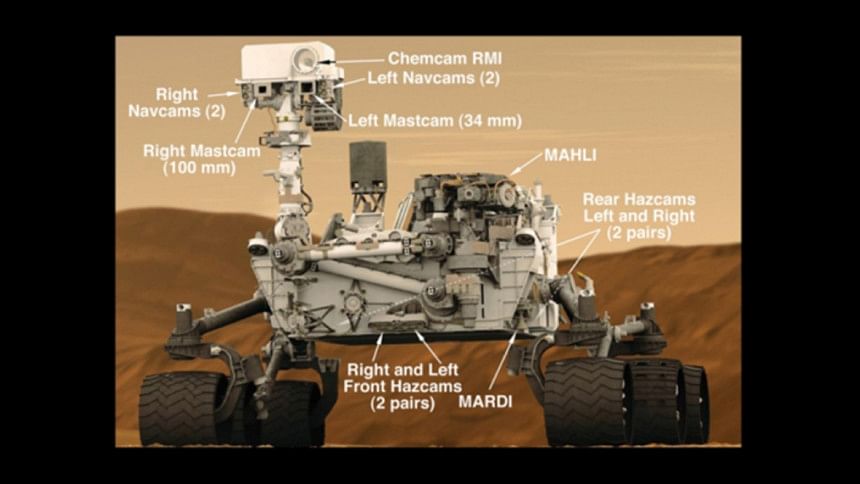
The nuclear powered rover also discovered rocks with very high amounts of silica in them. High-silica compositions are intriguing because they're thought to be created from considerable water activity. More interestingly, high silica deposits on Earth are often associated with places that support microbial life.
Curiosity's science team is now working on a couple different hypotheses to explain the rover's discoveries and unravel the mystery of Mars' past, Tech Crunch says.

 For all latest news, follow The Daily Star's Google News channel.
For all latest news, follow The Daily Star's Google News channel. 


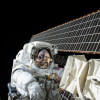
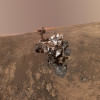
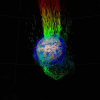
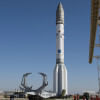


Comments